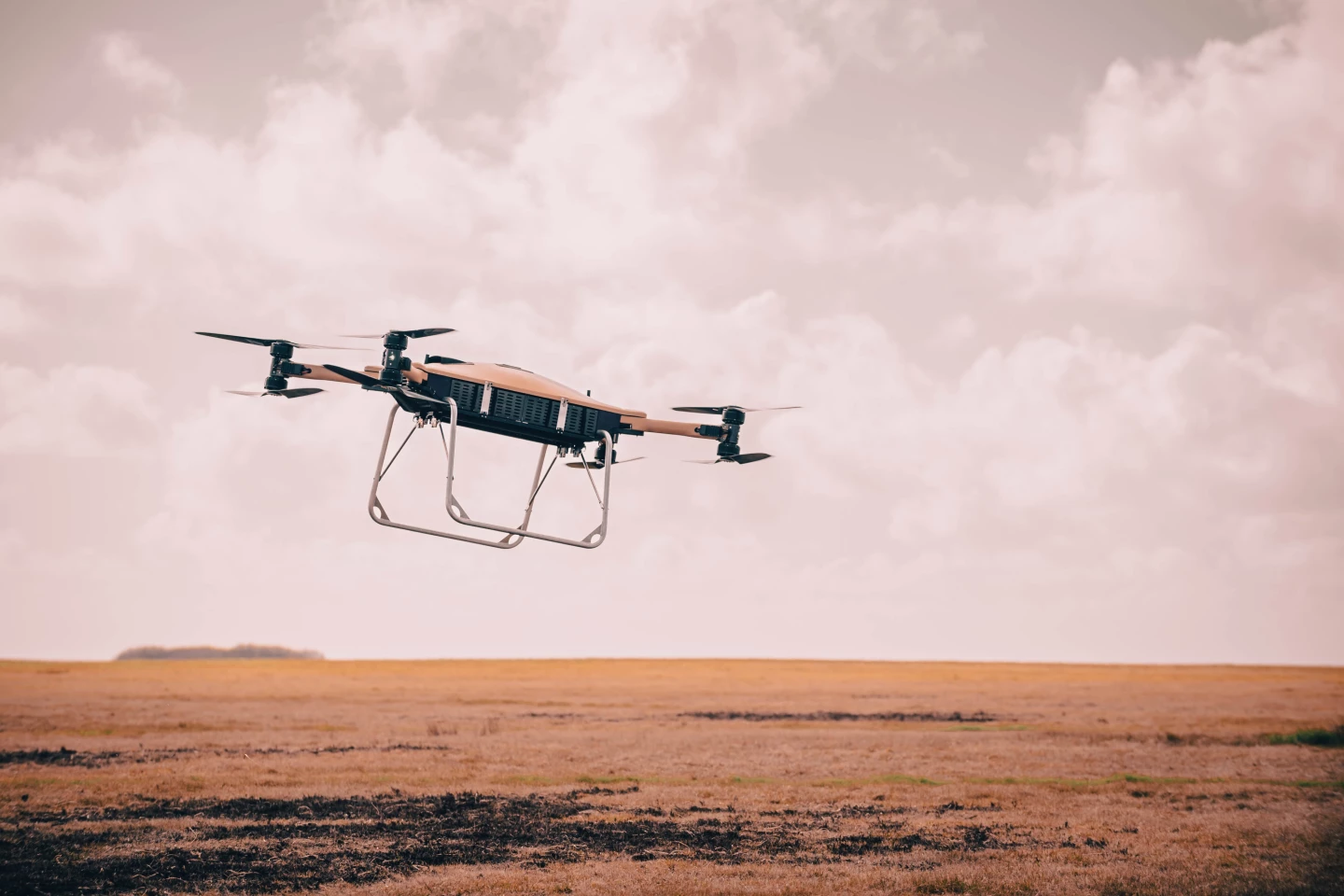The Royal Navy's 700X Naval Air Squadron has completed intensive testing of heavy-lift drones at RNAS Culdrose in Cornwall, UK, to determine their fitness for resupplying aircraft carriers and other frontline naval operations.
Robotic aircraft have already proven themselves as reconnaissance and weapon platforms, and they are moving into the realm of full-on aerial combat, so it isn't surprising that the Navy is also keen on using them in supply and other support roles. The question is, are commercial drones up to the job, or is it necessary to build bespoke military versions first?
To find out, 700X Naval Air Squadron, which leads development of cutting-edge uncrewed aircraft for the Navy, partnered with private firms for a series of tests. The first tranche was completed in 2021 and proved so successful that a second, more intensive series, called the Heavy Lift Challenge, was scheduled for this year.
For the latest trials, 700X, the Navy's Office of the Chief Technology Officer, and Defence Equipment and Support’s (DE&S) Future Capability Group awarded a £300,000 (US$360,000) development contract to aerospace companies Malloy and Windracers. They were then selected to test a Malloy T-600 quadcopter with a payload capacity of 250 kg (551 lb) over long distances, and a Windracers Autonomous Systems’ Ultra fixed-wing drone that can handle 100 kg (220 lb) over long distances.

The goal was to see how well such aircraft could carry supplies, including humanitarian stores, first aid, ammunition, and spare parts to the frontline for disaster relief or Royal Marine operations, as well as dropping supplies to vessels like aircraft carriers.
Along with other tests in various operational scenarios, a platform was built that replicated a Queen-Elizabeth-class aircraft carrier flight deck. A Windracers Ultra then carried a 100-kg payload from 1,000 km (621 miles) away and made a slow approach before dropping its load with pinpoint accuracy.

The hope is to quickly increase the payloads in different environments using a wider variety of drones.
“The Heavy Lift Challenge is surpassing all our expectations," said Brigadier Dan Cheesman, Royal Navy Chief Technology Office. "This is a genuine, game-changing collaboration between the Royal Navy, DE&S’ Future Capability Group and industry and has, so far, produced quite spectacular results – all inside the same commercial framework we are able to iterate as one-team.
"We are not there quite yet, but in perhaps as little as two months’ time, we will have the final ‘show don’t tell’ evidence we need to commence scaling to the hands of the warfighter at unprecedented pace.
"This is a genuine, game-changing collaboration between the Royal Navy, DE&S’ Future Capability Group and industry."
Source: Royal Navy











